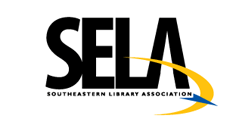Abstract
The first section of this paper develops a simple model for ethical decision-making. A useful model serves two main purposes. First, it easily explains the relationship between the various components of ethical decision-making by creating a chain between the most basic underlying values, the intervening ethical processes, and the actions that finally result. Thus, decisions can be more easily explained and justified. Second, use of the model may also assist in the actual implementation of the decision. A step-by-step progression through the model has the additional benefit of modeling the developmental stages found in models for the ethical maturation of individuals. By considering the ethical dimensions in a structured, incremental way, individuals (and groups) at all levels of ethical development can be identified and brought into the process. Each decision process is “built from the ground up” and the resulting decisions will have cognitive consonance and a certain inherent momentum that can help convert the decision into action. The second section of the paper discusses the advantages of a decision-making model over a code of ethics and then uses the model to address actual problems in library administration.
Publication Date
Fall 2004
